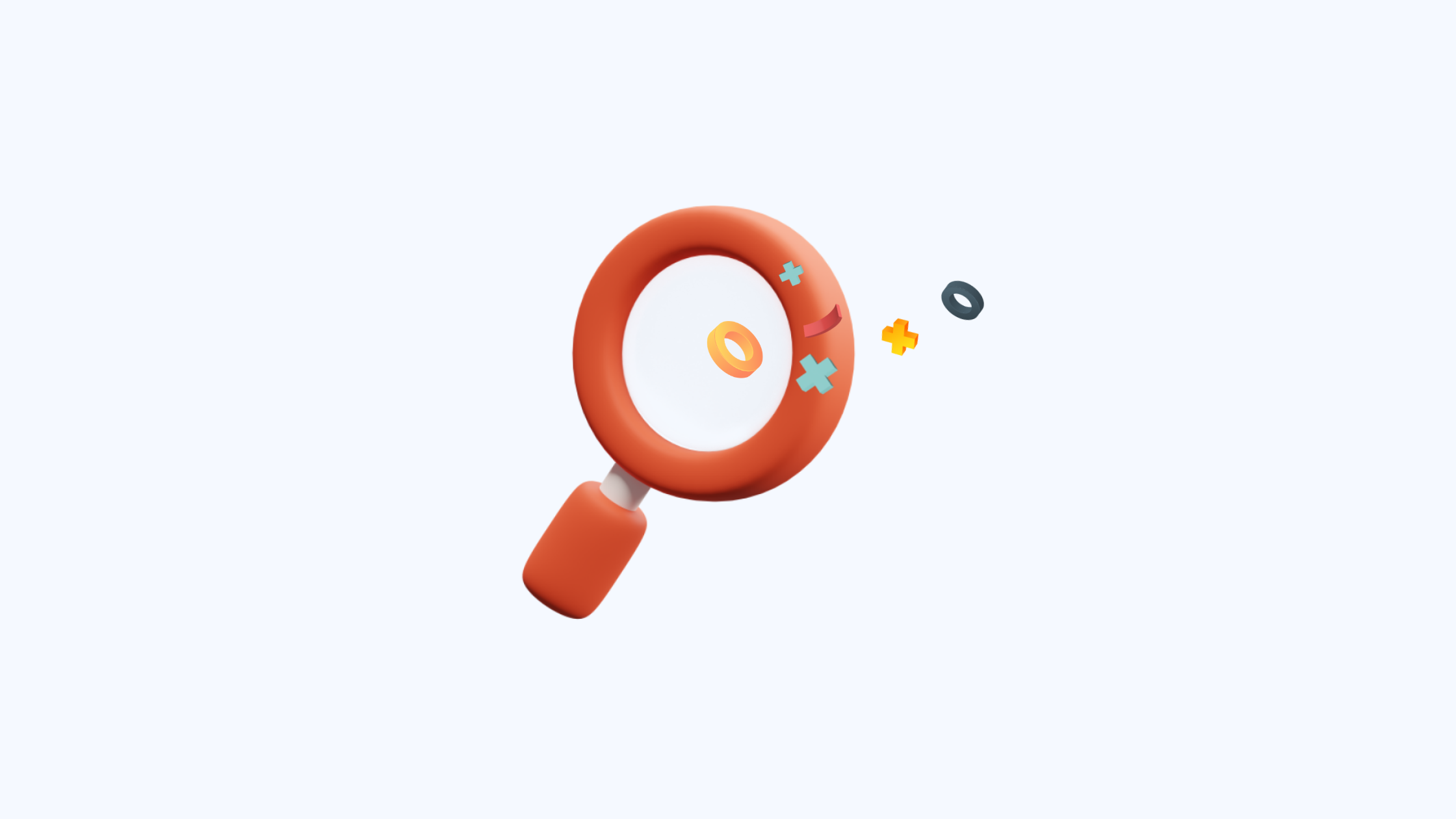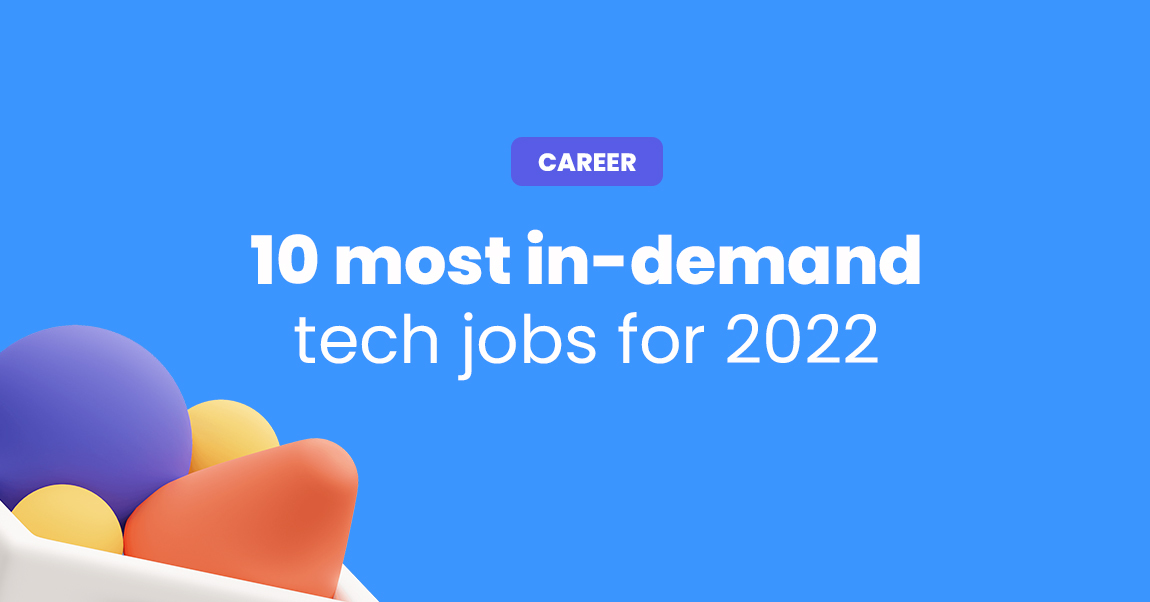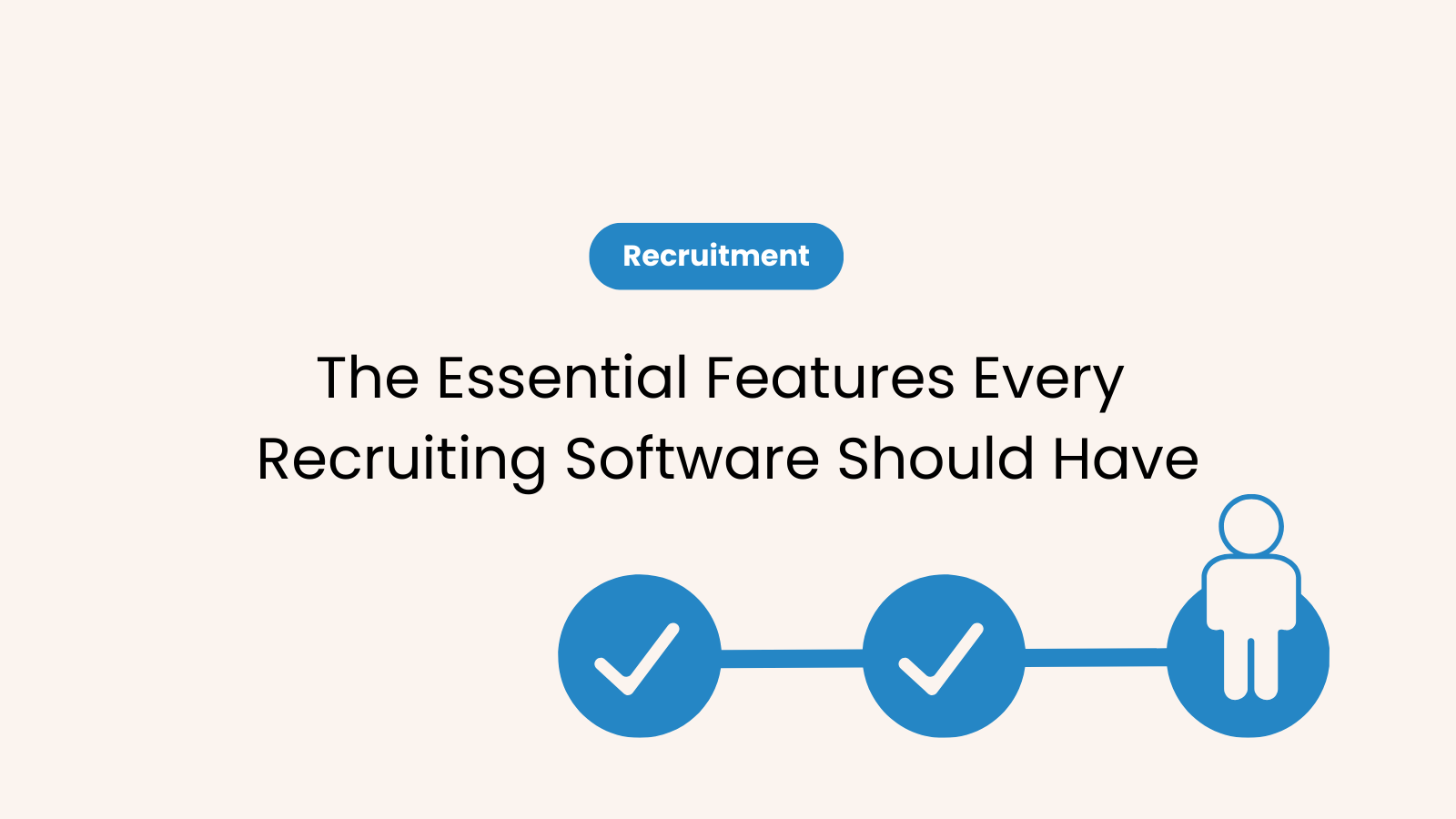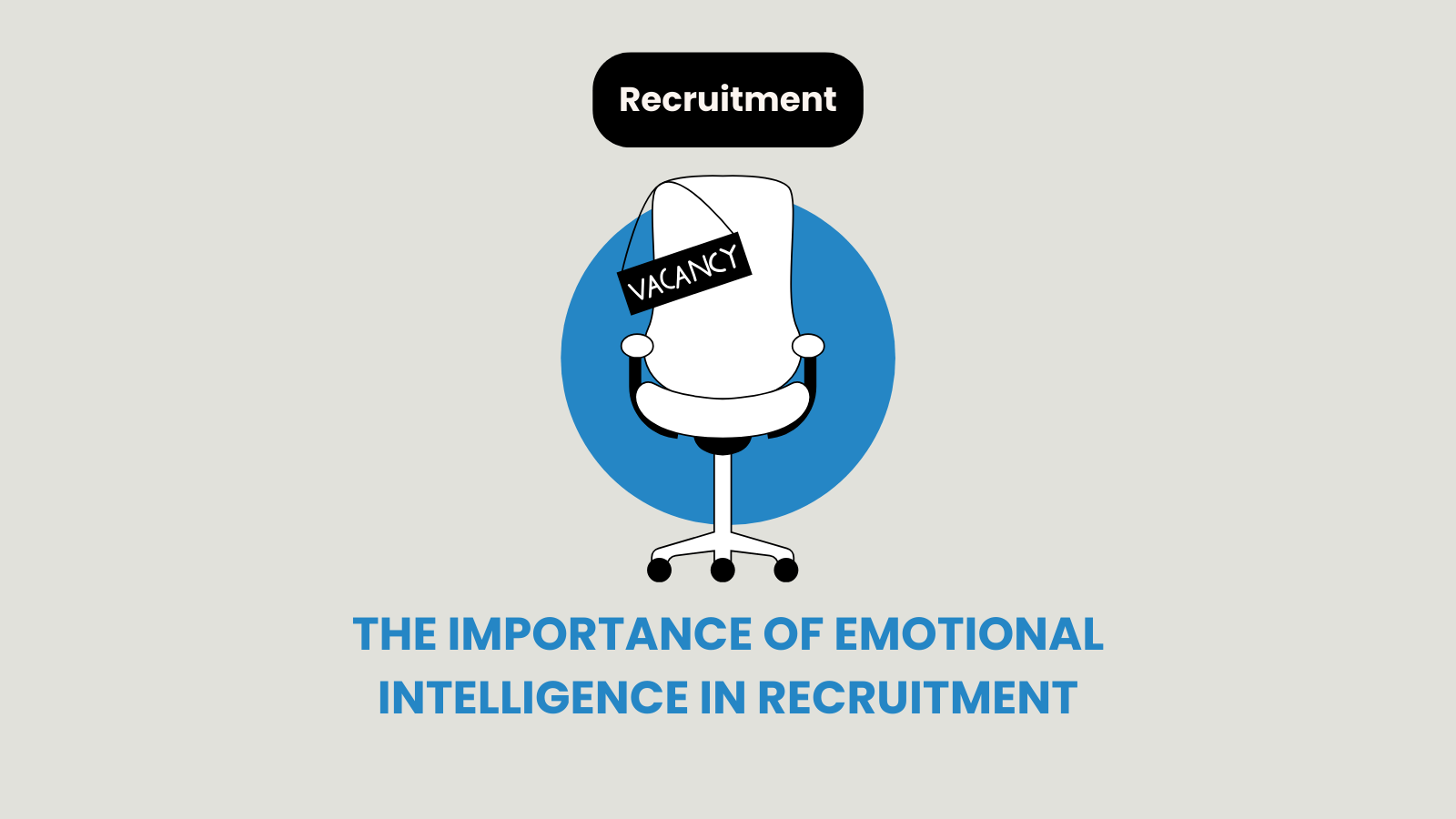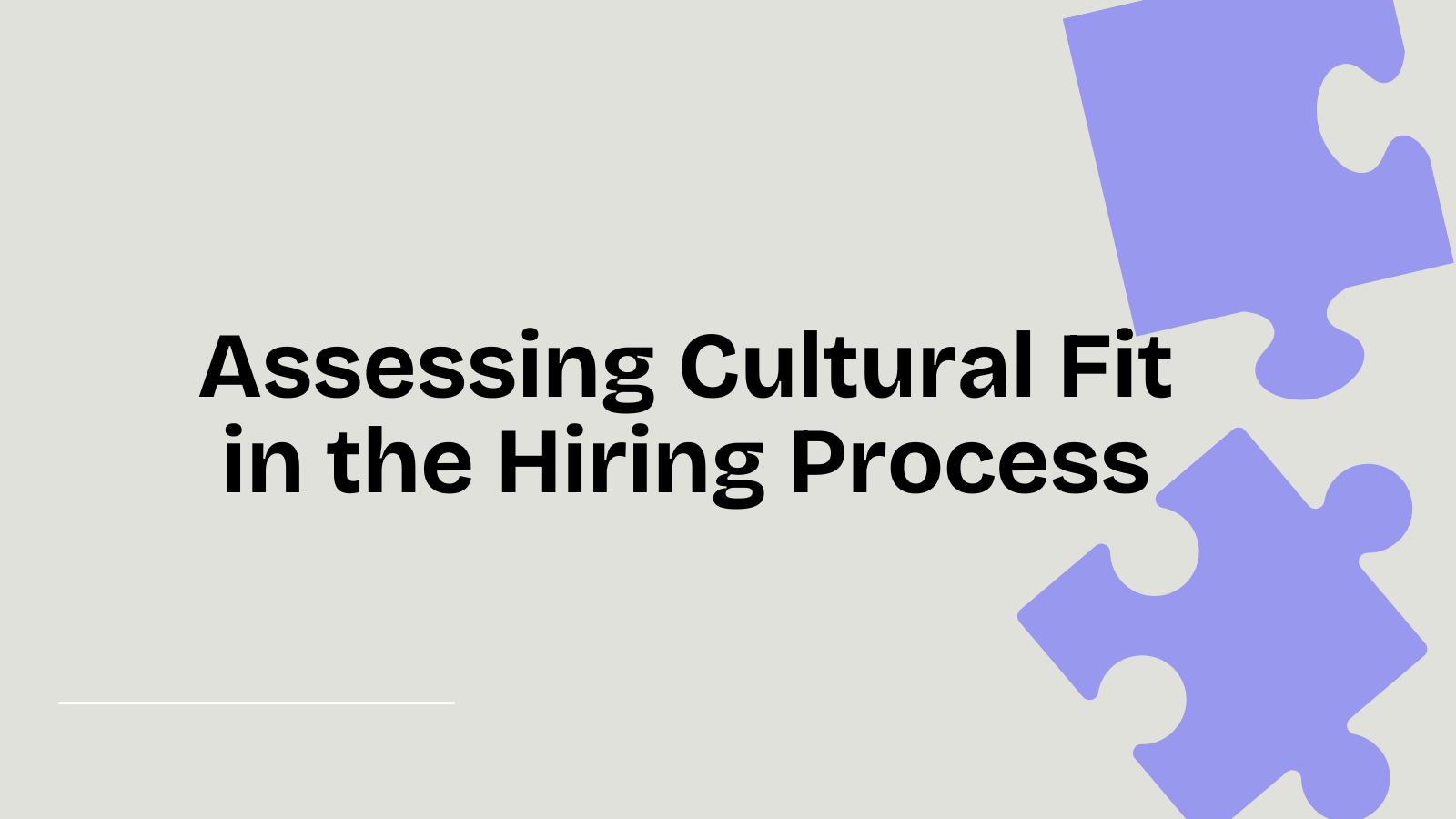Observation interview consists of taking time to perceive an employee’s execution of daily requirements passively. Employee’s skills, knowledge, strong features, and potential deficiencies can easily and unbiased be detected while monitoring them doing their jobs.
An observation interview can be used internally. Usually, HRs will choose this method when assessing someone’s qualifications for a promotion.
The Management might obtain insight into employee’s performance, reactions, stressors, and all-around contentment by having a bystander take a passive approach.
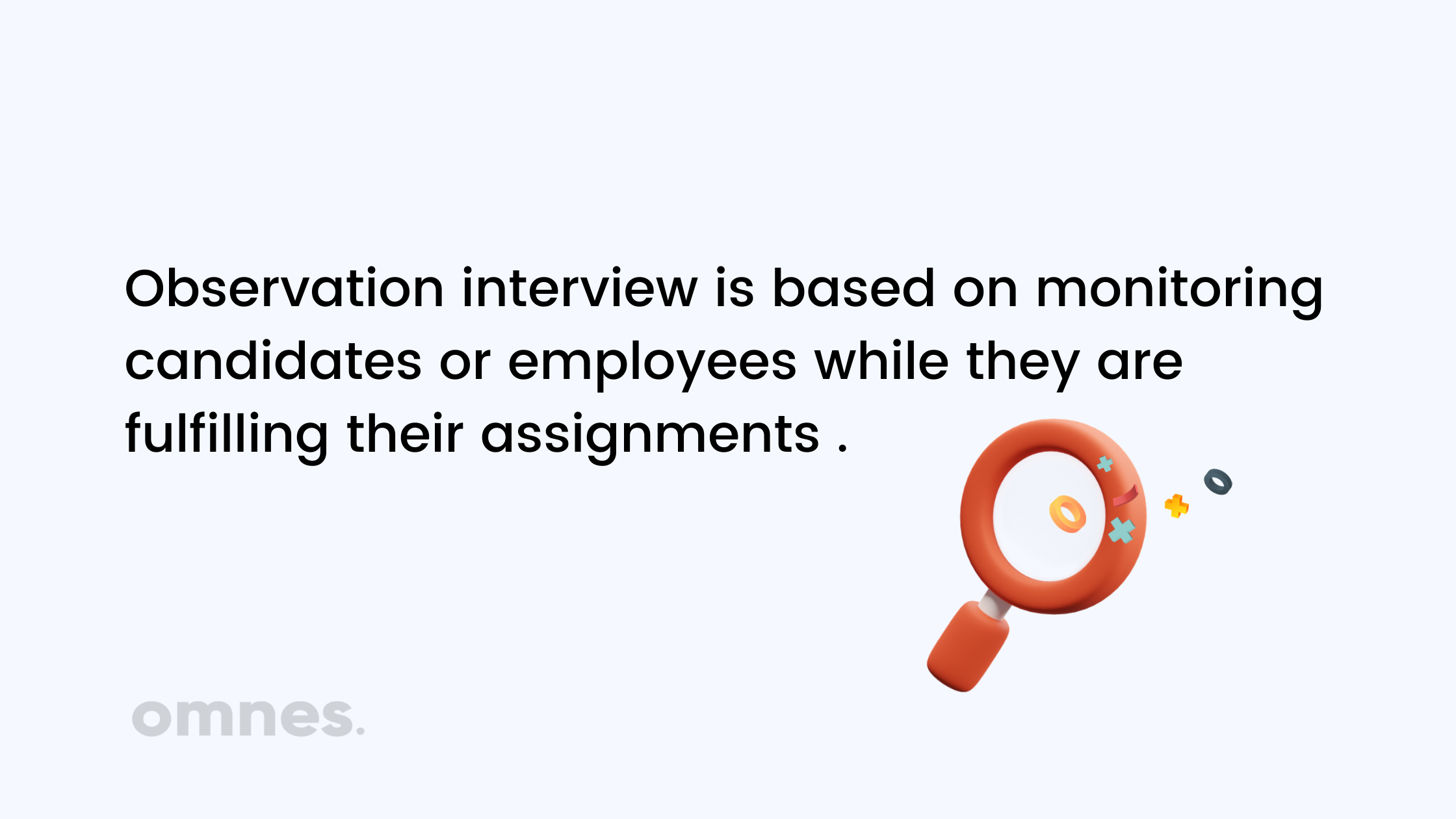
Who Uses the Observation Interview Frequently?
This method of employee assessment can be applied in many industries and in many different roles. It is very often being used in schools.
Teachers are amongst the ones who are being passively observed pretty frequently.
Inspections are being conducted while teachers are interacting with students in classes. Inspectors are evaluating their skills and practices from the perspective of bystanders.
This approach works just fine when it comes to their line of work. It can also be more than helpful in several other fields. The observer can gather different types of data. They can obtain an insight into the exact steps that an employee follows while working on a particular task.
Types of Observation Interviews
Conducting an observation interview might imply a few different techniques. Even though the definition remains the same in any of the cases, there are a few possible scenarios. They differentiate according to the approach itself.
The Main Two Types of Observation Interviews Are Direct (Reactive) Observation and Unobtrusive Observation.
Direct (Reactive) Observation is the process of monitoring an employee while the employee is aware that someone is watching and evaluating his performance. Then again – there are also two types of Direct Observations.
- Continuous monitoring; This method is based on constant monitoring during a specific period. Its focus is the behavior or body language of the individual.
- Time Allocation– It allows a researcher to allocate selecting a place and particular time randomly
Unobtrusive Observation stands for studying the behavior of an individual while the individual does not know that he is being observed during the interview.
Whiteboard Interviews
A whiteboard interview can be considered as a specific type of observation interview. It can fairly frequently be found in the technical interviewing process. Whiteboard interviews, however, are possibly the most unpopular interviewing technique among Software Engineers and Developers.
As the name itself implies – the whiteboard is often the main instrument used in this method. Sometimes it’s substituted by a piece of paper or by a computer. The principle remains unchanged in each of these scenarios. The interviewer is monitoring the candidate while they are solving a problem that’s been put in front of them.
Even though this method can sound like a good idea, it is collecting the worst reviews from almost every candidate who went through it.
Monitoring an Engineer closely while he’s trying to answer correctly to a complex problem should count as a stressors.
The person performing the evaluation can easily obtain a wrong impression and fail to note the candidate’s actual knowledge. Many aspects of this interviewing method can count as “broken,” and we can only conclude that the whiteboard interview is actually quite imprecise.
Alternative to Whiteboard Interviews
- Resolving a problem remotely – most of the developers and software engineers would agree that this way would feel far more comfortable for them. They would use their computers and offer some answers and potential solutions from their familiar environment. At the same time, the interviewer could use the shared screen to make sure everything is in order. This approach can offer the same advantages as the whiteboard interview, but it won’t feel rigorous or threatening for candidates.
- Avoiding the observation interview entirely in this case – by switching it for a take-home assignment. The downside to this alternative is that it does not represent day to day work. But it compensates in other aspects, such as the higher level of autonomy for the candidate and lower level of stress.
Avoiding the observation interview entirely in this case – by switching it for a take-home assignment. The downside to this alternative is that it does not represent day to day work. But it compensates in other aspects, such as the higher level of autonomy for the candidate and lower level of stress.
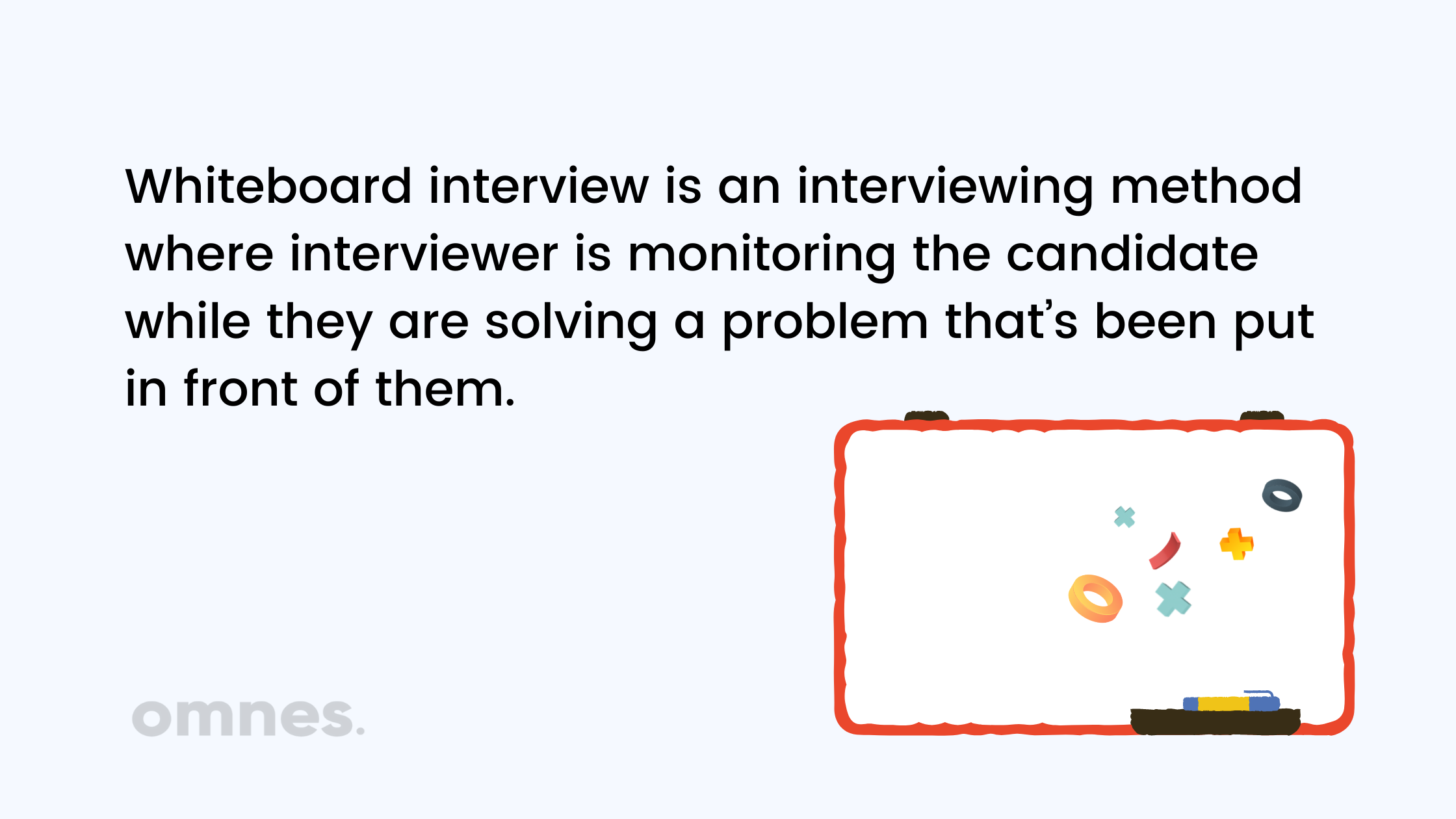
The Pros and Cons of the Observation Interview
Like any other assessment method, it can be simultaneously beneficial and profoundly flawed. The main disadvantage of the observation-driven assessment lies in the fact that the employees would not act naturally. Sometimes, they even would not be able to fulfill their daily tasks.
The efforts invested in some particular responsibilities and duties would possibly be altered. Some employees or candidates can perhaps increase their efforts. Others could respond negatively due to the stress caused by the observation.
Monitoring job seekers during an interview or the employees while they are struggling to meet their deadlines can also nullify the positive outcome. Some employees might just become preoccupied with the fact they’re being monitored. This might break their focus or bring out their timid side, especially if they’re shy or introverted by nature.
After scaring you off with some negative consequences, here are a few reasons to give this method a chance after all. The person in charge could easily find out if an employee is making any errors along the way. Potential errors can be caught right at the spot and resolved quickly. The system itself won’t be suffering any (serious) harm. The employees would only improve their current knowledge or performance thanks to this newly obtained insight.
There are other features of this method that can be considered as constructive and practical. Observation interviews must always be performed unbiased.
The observers usually don’t have an elaborate plan before they start collecting data this way. Even though there are some seriously flawed sides, this method allows the interviewers and the interviewees to be spontaneous.
Spontaneity generates new facts and valuable knowledge.
